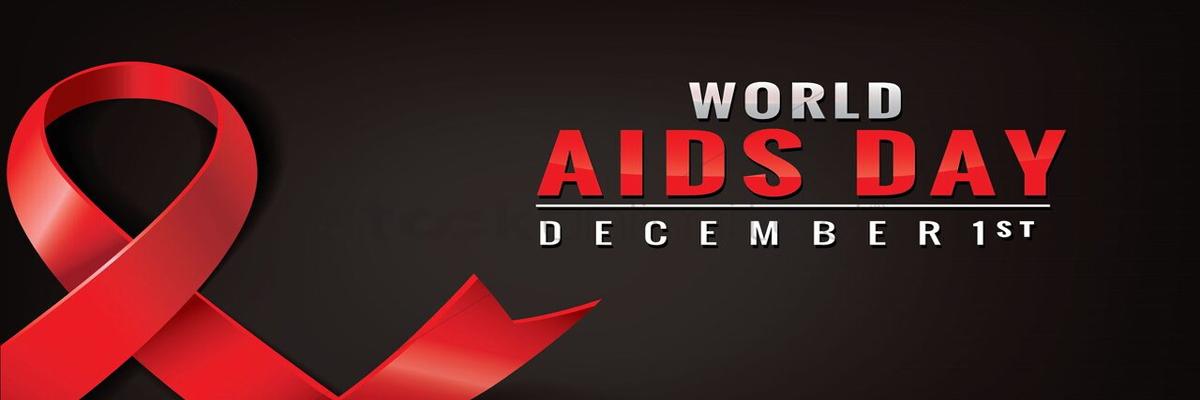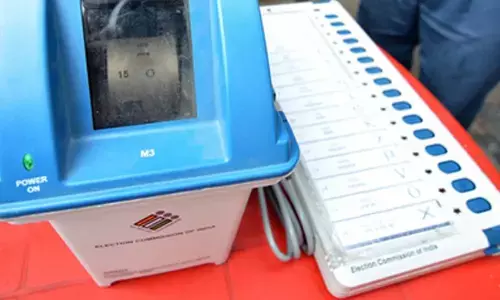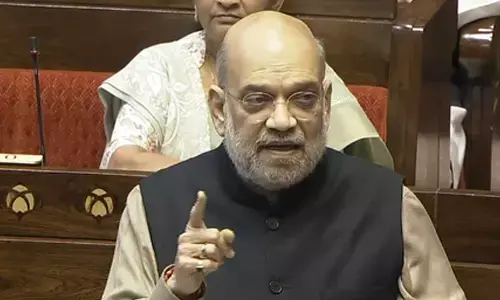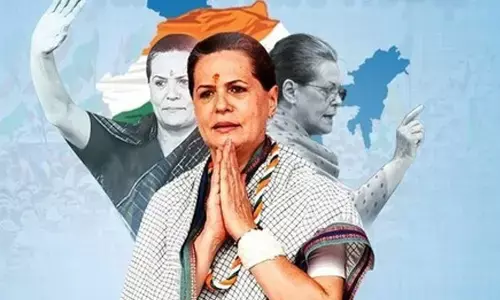The state of affairs

According to an estimate by UNAIDS, with an HIV prevalence of 026 in the adult population, India has an estimated 21 million people living with HIV The UNAIDS 2017 report says the key populations most affected by HIV in India are sex workers, gay men and other men who have sex with men,
According to an estimate by UNAIDS, with an HIV prevalence of 0.26% in the adult population, India has an estimated 2.1 million people living with HIV. The UNAIDS 2017 report says the key populations most affected by HIV in India are sex workers, gay men and other men who have sex with men, people who inject drugs and transgender people. The new HIV infections in India have decreased by 46%, and AIDS-related deaths have decreased by 22% since 2010. That surely says something about the overall AIDS control mission. While the statistics show decreasing rate of HIV infections but there is still a long way to make the country AIDS free by 2030.
Before decriminalisation of Section 377 there was a question of accessibility of health care for gay or transgender people. In spite of a free public health system, transgender community has reported to face complete denial, humiliation and exclusion from medical services. The matter becomes even more grieve when a transgender is diagnosed with HIV. There is high HIV prevalence rate among trans community at 7.5% whereas the general population has a prevalence rate of 0.26%. However, during the hearing against Section 377, the SC admitted that public acceptance of homosexual relationships will help control spread of AIDS. That’s surely a silver lining.
However, not all may be easy for sex workers. World over the access to HIV prevention services for sex workers is still too low. According to www.avert.org sex work is diverse and occurs in various contexts around the world. Although some sex workers sell sex through brothels or other venues, others might work independently and solicit clients directly in public places or online.
Effective HIV prevention packages for sex workers are those that account for the contexts in which they work and the particular risks they face.In order to address the high burden of HIV sex workers face, UNAIDS recommends the following:
address the violence against sex workers
decriminalise sex work
empower sex work communities
scale-up and fund health and social services for sex workers:
In India, the legalities of sex work are in a continuous state of ambiguity, as the act in itself is not criminal, but a whole lot of dos and donts are provided making it a complex one. Until a few years ago with the help of the fund from Melinda bill Gates Foundation, several programmes were conducted to empower sex workers as outreach staff and peer educators working within the community to increase awareness, show ways to protect themselves and provide access to condoms,diagnostic tests, treatments and drugs. Many sex workers walked away from the profession and began working for APSACS(now TSACS) on a monthly salary basis. They began living independently, got their children educated and were bringing in positive and healthy change
The project wound up in 2009 giving the reins of the programme to State sponsored NACO (National Aids Control Organisation). NACO appointed nearly 58 NGOs for targeted intervention in Telangana. These NGOs get funds through TSACS (Telangana Aids Control Society) which in turn gets the grants from NACO. But, since a few months now, the funds have been stopped. Despite several reports in the media, not much has been done to ensure regular payments. The outreach staff and PEs have not received their salaries for three months now. While there are new people recruited for the positions, they do not receive effective training. The condoms that were to be supplied regularly to sex workers are not being sent. The budgets have not increased since a few years now.
Annually an NGO that handles around 1500 sex workers gets approximately 17 lakhs that barely covers salaries and expenses leaving several important initiatives like conducting health camps not possibility. An outreach worker who was getting Rs 7500 in 2009, continues to get the same amount as salary even today. Many sex workers who are part of the intervention programme are forced to slip back into prostitution to make ends meet. The rest of the staff including the project managers too, gets such low salaries that the sector is facing major problem of staff attrition.
Even availability of quality health care and medicines has taken a beating. The part of the budget that NGOs get is shared by the State government, a responsibility that in many cases is ignored and the negligent attitude in dispensing the funds regularly by the Centre leaves much to be desired, say the activists who run the NGOs on strapped funds. “We neither get support nor money from TSACS. Even the staff are very rude to us. We used to be considered an important part of the campaign. Today, the staff is rude to us and inconsiderate,” says Maniamma (name changed) an outreach employee.
The government hospitals, however, are rendering medical services to sex workers and periodic check up for those who approach them. While numbers do show a decrease in AIDS cases in India; one does wonderif the continued apathy to the cause of AIDS control that can render years of work worthless.
(With inputs from Rajeshwari Kalyanam)







